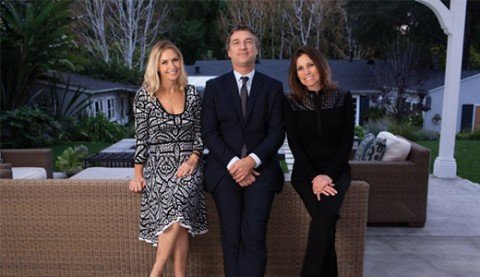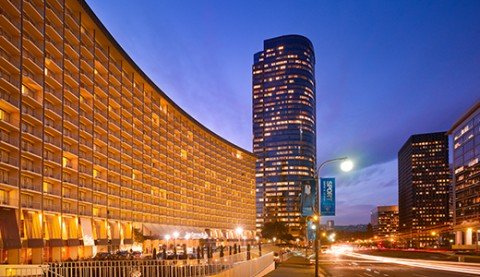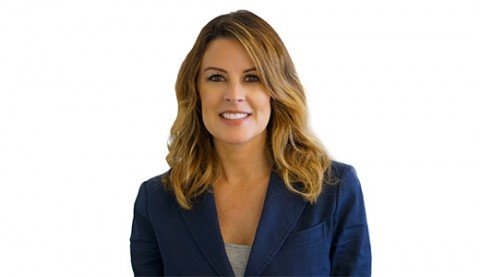Born and raised in Los Angeles, Channing Hansen was educated at San Francisco Art Institute, where he participated in the New Genres program. Channing’s current work incorporates his interest in the history of science and technology into his fibre-based art practice. His work was most recently featured in Made in LA 2014 at the Hammer Museum and at the LA Contemporary Art Show at the Barker Hanger where Channing had a sold-out show as represented by Marc Selwyn Fine Art. Channing is also active as an educator through the Mountain School of Art.
Channing Hansen amply lent his time for a Q&A with The Agency’s Paul Lester and Stephen Sigoloff.
I love the thought of Yarn’s capacity to denote volume, plane, special lines – tell us more about your use your use of knitting to articulate three dimensional spaces.
In my knitted works, I leave the frame at least partly visible through the knits, suggesting a physical continuum in which a painting exists in two, three, and even four dimensions: painting as portal. Flexible, functional, provisional. The frame becomes a question, a field of inquiry.
 Describe a bit about your vision of the relationship of science/technology to your art –both it’s medium and its message
Describe a bit about your vision of the relationship of science/technology to your art –both it’s medium and its message
To understand the issue of dimensionality, one can look to mathematics or to physics, as well as to art: In physics, time is often referred to as the “fourth dimension” but that does not mean it is a spatial dimension. A temporal dimension is one way to measure physical change. It is singular; there is only one of it. In math it’s a different story. To explain a three-dimensional object to a two-dimensional entity, one could either show it as the shadow projected into its two-dimensional world—e.g., the shadow of a cube appears like a square. Or one could move the three-dimensional object through the two-dimensional world as if moving a ball through a sheet of paper. The object would appear first as a small circle that gradually gets bigger, then smaller again, until it disappears. Similarly, the shadow of a four-dimensional cube, or “Hypercube,” would look to us like a three-dimensional cube. Our three-dimensionally conditioned minds can comprehend higher spatial concepts using these types of dimensional analogies.
What is your take on Los Angeles and its representative of the arts in general and specifically visual performance art work?
Not much to say other than it’s a tremendously exciting and inspiring place to be an artist.

Do you see the community of artists in Los Angeles now as more vibrant then ever before or do you see it differently?
Not sure I’m qualified to make that comparison. Let’s just say it’s a great place for free thinkers.
How has the artisitic community as a whole changed in LA in the last years?
More artists. More attention.

What are your thoughts about museum versus public space, corporate versus private art spaces?
I think of these issues in terms of the art world being an ecosystem that works best when everything is in balance.
Tell us about your relationship to the Mountain School of Art.
I attended the program very early on and have been teaching the science class every year since. I have no formal education in science and my knowledge is limited to specific areas but I approach it like an artist and talk about things that I feel passionately about: science history, quantum theory, and higher dimensional geometries. I hope my passion for these things comes across and gets other artists excited. I’m also a major advocate for learning about the contributions of female scientists, who are often written out of history.




